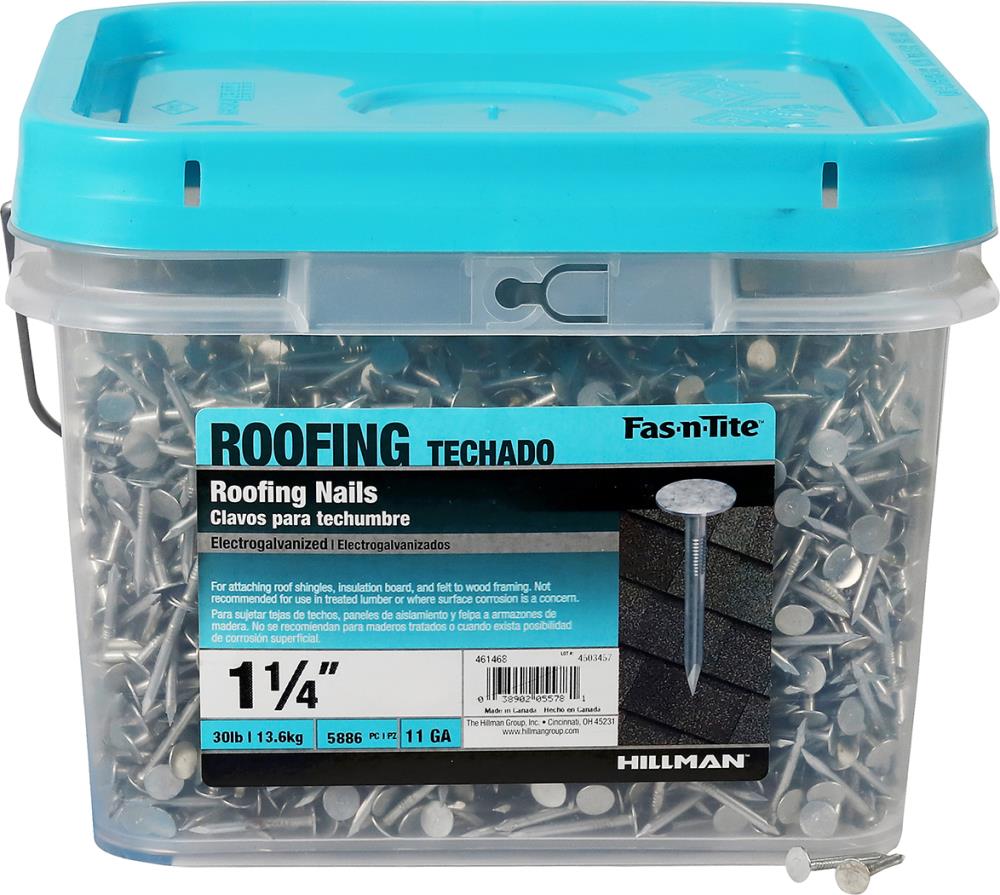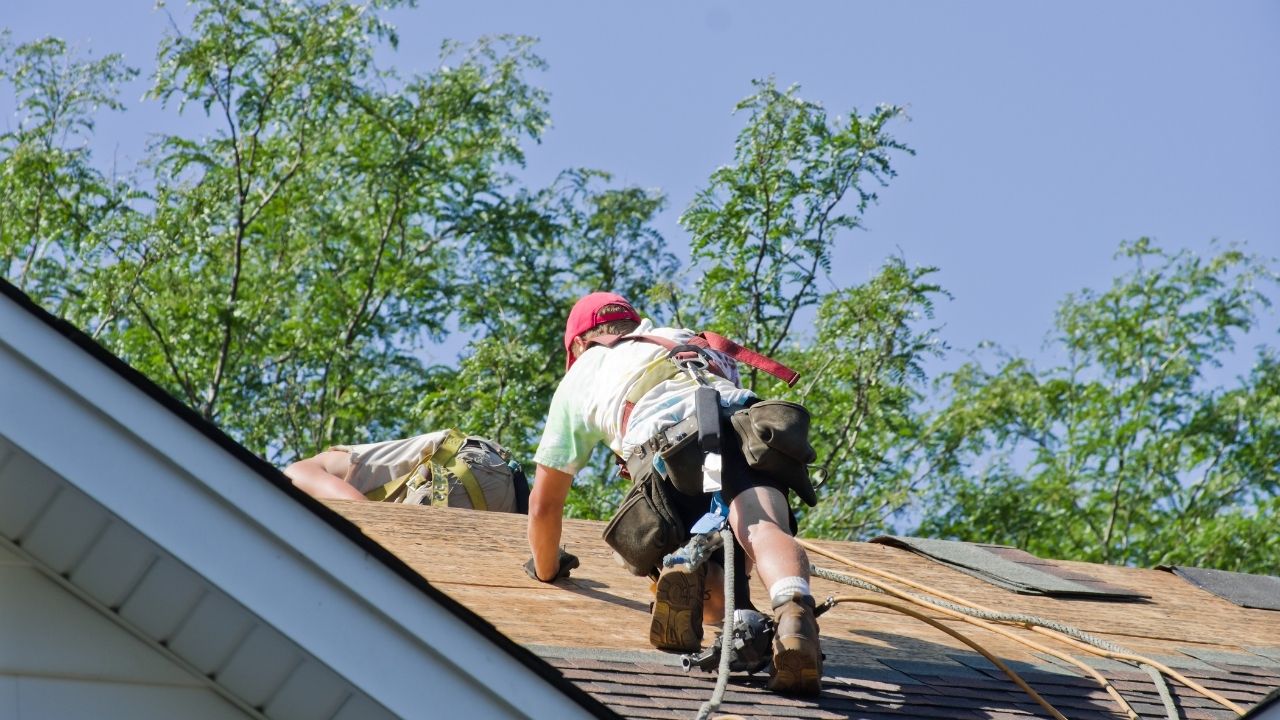
Atlas Roofing recently introduced the Summit 60 Synthetic Underlayment to be used with shingles. For the next 2 weeks, $2 will be donated by Atlas Roofing to the Susan G. Komen Foundation, which funds breast cancer research. Special pink-colored rolls with branding and ribbons will be available through Atlas Roofing distributors.
Summit 60 is a great roof system choice with slopes of 4:12-7:12. For double coverage, apply an underlayment 24" thick and use fasteners through both layers instead of one. This is because the underlayment must be secured by a Tarpaulin. It is unattractive and will cause sagging. Summit 60 will protect your deck and prevent water damage.

Summit 60 underlayment offers excellent moisture resistance. It is water resistant and UV protected, protecting your roof from water and ice. It stops water from leaking through the decking. This underlayment uses polymeric scrim instead of traditional felt. It provides greater strength and reduces slippage between the roof sheathing and the underlayment. Summit 60 provides enhanced walking and protection from the sun for 60 days.
Before you start, make sure it is correctly installed. It is important to determine the type and size of your roof deck. If it is ventilated, then you can proceed with installing Summit (r) 60. If you have a 4:12 or 7:12 slope, then you can install Summit (r) 60 in a double coverage manner. This means that the overlaps should not exceed 24 in between the layers. Use plastic caps fasteners that are less than one inch in diameter and at least one inch long to avoid leakage or rot.
Summit 60 is designed improve roof longevity and reduce water penetration. It provides superior water resistance and UV protection. It prevents slippage from the roof sheathing to the underlayment. The underlayment lasts a long period of time and is very durable. It's also extremely walkable. The synthetic underlayment has been UV-coated to increase strength and durability.

Summit (r.60) should first be applied to roof decks that are solid and clean before you apply the synthetic underneathlayment. It is a double coverage method. In this case, it is crucial to make sure the sheets fit correctly. An ideal length for overlapping is 24 inches, not four. Adhesives are available to bond the layers. Summit (r-60) must only be installed by licensed roof contractors.
FAQ
In what order should home renovations be done?
First, decide where you want everything to go in your renovations. You should consider how you want to market your home to potential buyers if you are planning to sell your house soon. The next step is to plan the layout of your living, kitchen, and bathroom. After you have selected the rooms you wish to renovate you can begin searching for contractors who specialize. Finally, once you have hired a contractor, you should begin working on your renovation project.
Is it possible to live in a house that is being renovated?
Yes, I can live in a house while renovating it
Can you live in a house and have renovations ongoing? The length of construction takes will determine the answer. If the renovation process lasts less than 2 months, then yes, you can live in your home while it's under construction. You cannot live in the home while renovations are taking place if they last more than 2 months.
The reason why you should not live in your home when there is a major construction project going on is because you might get hurt or even killed due to falling objects from the building site. There is also the possibility of dust and noise pollution from the heavy machinery at the job site.
This is particularly true if you live on a multi-story home. This is because the vibrations and sound created by construction workers could cause serious damage to your property.
As mentioned earlier, you will also have to deal with the inconvenience of living in a temporary shelter while your home is being renovated. This means that you won't have access to all the amenities that come with your own home.
You won't be allowed to use your dryer or washing machine while they are being repaired. In addition to the unpleasant smells of chemicals and paint fumes, you will have to endure the noises made by workers.
All these things can lead to anxiety and stress in your family. It is therefore important to plan ahead so that you don't end up feeling overwhelmed by the situation.
Do your research before you begin renovating your home. You can avoid costly mistakes later.
A reputable contractor can also be of assistance to you in order to make sure everything runs smoothly.
Should I hire an architect or builder?
You may find it easier to hire someone else to complete your renovations if you own the home. But if your goal is to buy a house, hiring an architect/builder will ensure that you get the home you desire.
What should I do before renovating a home?
Cleaning out clutter inside and out is the first step to fixing up a house. You will need to clean out all moldy areas and repair any leaky pipes. Finally, you'll need to repaint the interior. Final steps include cleaning up exterior surfaces and applying new paint.
Statistics
- Most lenders will lend you up to 75% or 80% of the appraised value of your home, but some will go higher. (kiplinger.com)
- ‘The potential added value of a loft conversion, which could create an extra bedroom and ensuite, could be as much as 20 per cent and 15 per cent for a garage conversion.' (realhomes.com)
- Design-builders may ask for a down payment of up to 25% or 33% of the job cost, says the NARI. (kiplinger.com)
- On jumbo loans of more than $636,150, you'll be able to borrow up to 80% of the home's completed value. (kiplinger.com)
- Rather, allot 10% to 15% for a contingency fund to pay for unexpected construction issues. (kiplinger.com)
External Links
How To
How to Renovate an Old House
To begin with, I would suggest that you should first determine what type of renovation project you want to undertake. This could include everything from simply updating your kitchen appliances to completely transforming the whole house into something new.
Once you've decided on the type of renovation that you want to do, it is time to consider how much money your budget allows you to spend. You might find that you don't actually have enough funds to cover the full cost of the entire project. If this is the case, then you need to make some tough decisions about which areas of the house you can afford to improve and which ones you can't.
Before you make the decision to carry out renovations, there are some things that you should do. The most important thing is to ensure that you get any permits required for the job. You should also check whether you require planning permission for certain types of work. Building consent might be required if you intend to add to your home.
Before you begin any work on your home, check with your local council to make sure they don't require any permits. Make sure you check whether each section of the house needs to be given planning permission. For major projects like a new roof installation, your insurance provider may need to be contacted to confirm that you have adequate coverage.
Next is choosing the right tools for the job. There are many options, so take the time to thoroughly research them. Some of the most common items that people use during their renovation projects include paint, wallpaper paste, flooring, tiles, carpets, insulation, fencing, doors, windows, lighting, plumbing, heating systems, electrical wiring, plasterboard, timber, concrete, bricks, tiling, mirrors, sinks, taps, toilets, washing machines, ovens, refrigerators, microwaves, dishwashers, vacuum cleaners, carpet cleaning equipment, air conditioning units, fireplaces, chimneys, and even garden furniture!
It is important to evaluate the quality of these items when you are shopping for them. Quality products last longer than cheaper products and are less expensive. When you are buying any item, ensure that you only purchase what is necessary for the job. You shouldn't just buy too much because you might end up wasting valuable resources and having to throw away large amounts of material. Instead, make sure you only purchase what you really need.
Once you have chosen the materials, it is time to plan where you will store them while you work on the property. You might need storage space if you are renovating large areas of your house. Another option is to ask friends and family to help you move the items.